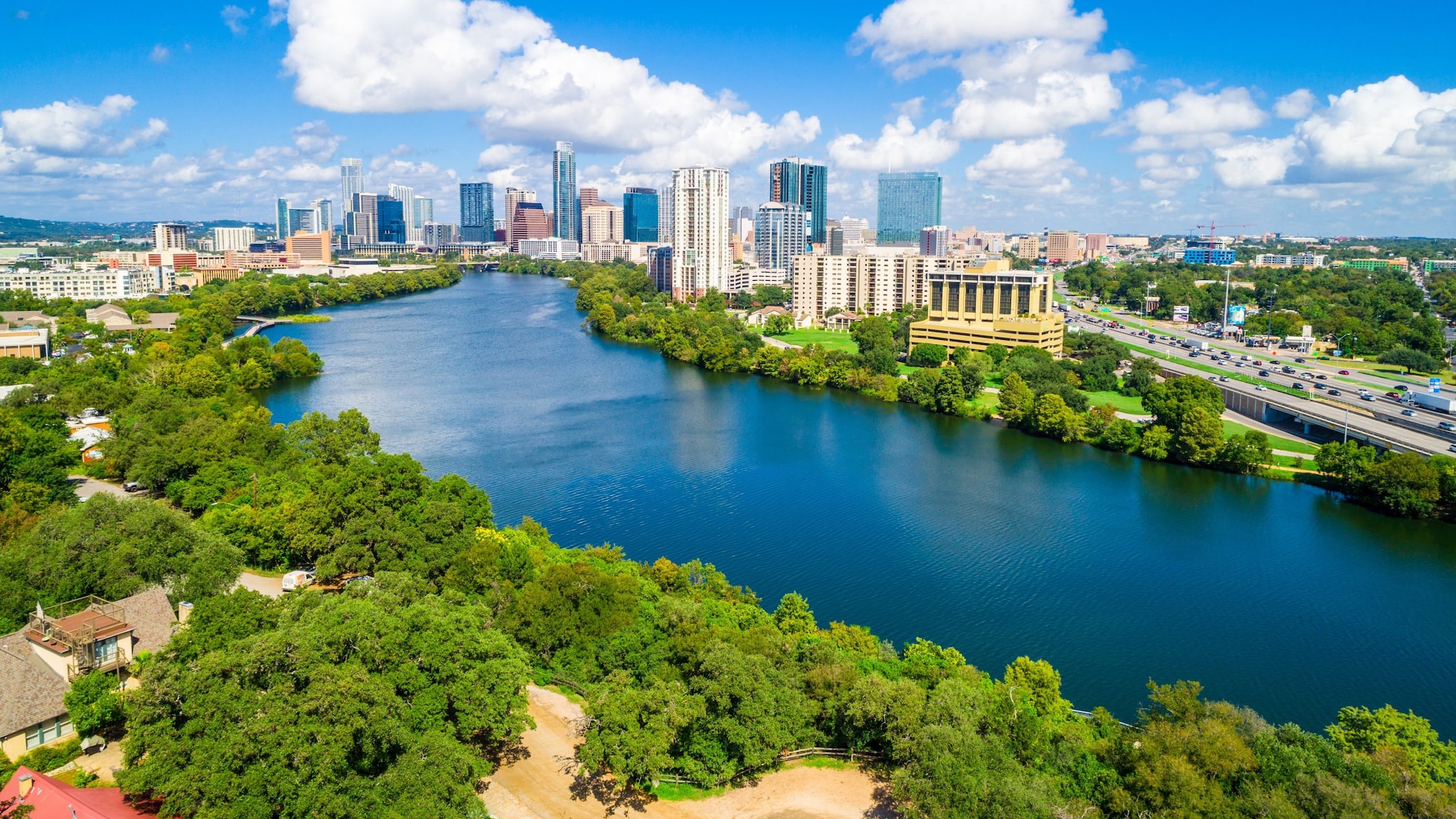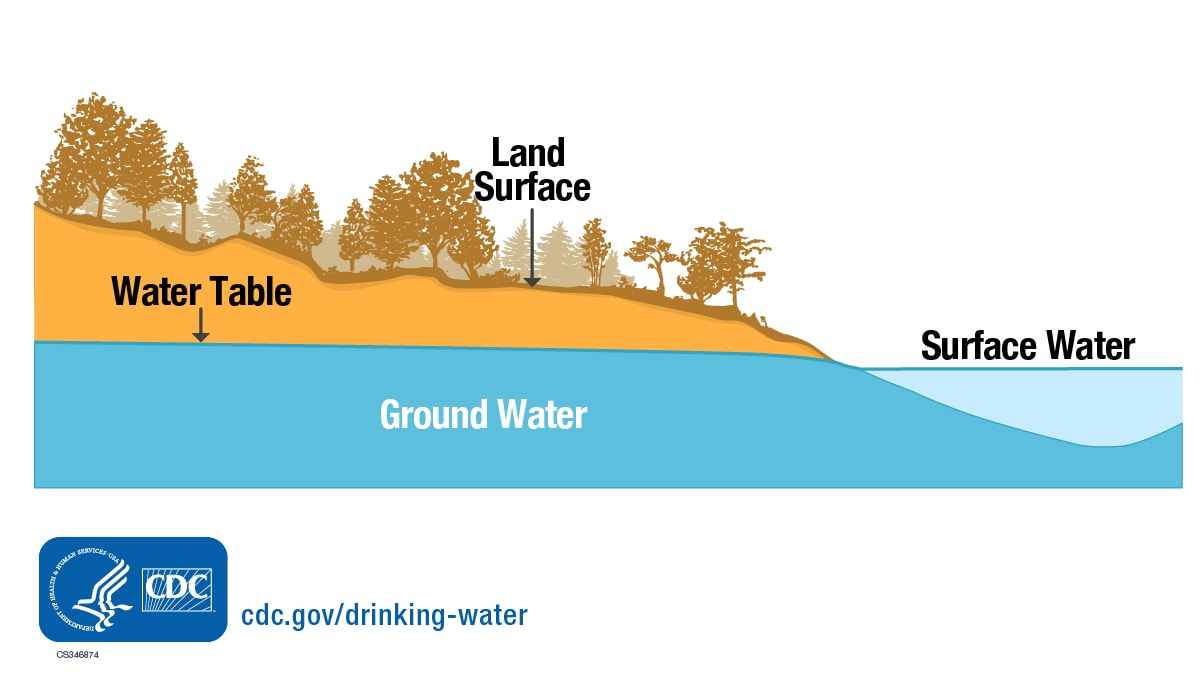Key points
- The source of your water affects its quality and safety.
- Most U.S. tap water comes from reservoirs, lakes, rivers, or water under the ground.
- You can help protect your water supply from harmful germs and chemicals.

Terms to know
Source water refers to bodies of water that provide water to public drinking water supplies and private wells. These bodies of water can include rivers, streams, lakes, reservoirs, springs, and water under the ground.
Ground water is located below the surface of the earth in spaces between rock and soil.
Surface water collects on the ground or in a stream, river, lake, reservoir, or ocean.

How it works
The water flowing from your tap may come from right next to your home or from hundreds of miles away. Most U.S. tap water is delivered by utilities through public water systems or is pumped out of the ground from a private well.
Water sources for public systems
In the United States, 9 out of 10 people get water from public water systems. These systems are most often supplied by surface water or ground water.
Large cities and towns usually get their water from surface water supplies or a mix of surface and ground water supplies. Some small, rural communities rely solely on ground water supplies.
To make sure water from public systems is safe to drink, federal, state, and local authorities regulate and monitor these systems.
Water sources for private systems
If you do not get your water from a public water system, you most likely have a private ground water well. Ground water is naturally filtered, which might remove some germs and chemicals. How much is filtered out depends on how far the water is below ground and the area’s local geology.
Though not commonly used in the United States, rainwater collection systems can also provide drinking water for homes.
Test rain and well water
If you have a well or rainwater collection system, test your water at least once every year for germs and chemicals to make sure it is safe to drink. These private water systems are not regulated or monitored by officials.
Types
Tap water sources can include:
- Surface water (for example, a lake, river, or reservoir)
- Ground water (for example, an aquifer)
- Recycled water (also called reused water)
- Rainwater
What you can do
We all live in a watershed—the land area that drains to a common body of water, such as a stream, lake, or ocean. What happens in a watershed affects the quality and amount of water in rivers, lakes, and other sources of water.
Protecting watersheds and bodies of water from contamination with harmful germs and chemicals (for example, from human waste or industrial processes):
- Reduces the risk of unsafe tap water
- Reduces the cost of water treatment
- Provides additional benefits to the people and wildlife that live there
Visit the U.S. Environmental Protection Agency's website to learn more about your local watershed and what you can do to protect your source water:
